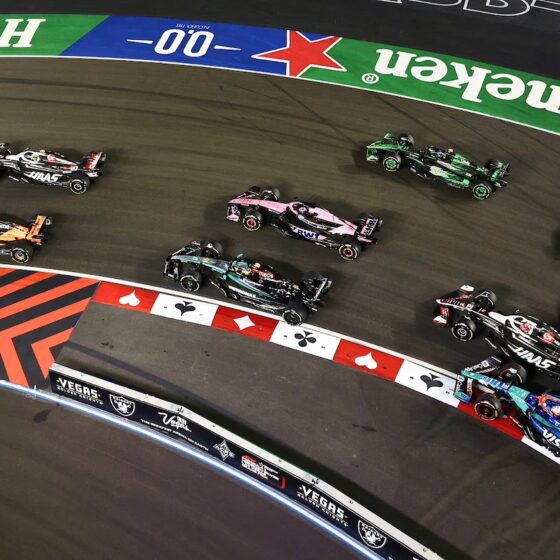The Canadian Grand Prix weekend is officially, and finally, here. As fans flock into the Montreal and teams make final preparations, the Fédération Internationale de l’Automobile (FIA) has unveiled groundbreaking regulations set to transform Formula 1 racing. These new regulations will take effect in 2026 and beyond. The biggest emphasis is on sustainability, safety, and enhanced performance, marking a new era for the sport.
See also: The ultimate guide to experiencing the Montreal Grand Prix
Sustainability
One of the most significant changes is the introduction of new hybrid engines powered by 100% sustainable fuel starting in 2026. This fuel, described as “drop-in,” can work in almost any combustion engine, making it a versatile and environmentally friendly option. These changes align with F1 and FIA’s ambitious net-zero 2030 goals, positioning Formula 1 at the forefront of sustainable motorsport.
ADVERTISEMENT |
Safety
The 2026 regulations also bring critical safety improvements. The revised two-stage front impact structure is designed to provide better protection against secondary impacts during incidents. Additionally, there will be an increase in side intrusion protection and roll hoop loads. New safety features include extra lights indicating the electrical states of the car, enhancing driver safety and operational transparency.
Aerodynamics
Aerodynamics will see the introduction of two new modes: Z-Mode and X-Mode. When applied, Z-Mode will alter the front and rear wings, providing greater cornering speed. On straights, drivers can switch to X-Mode for a low downforce configuration, maximizing top speed. The front wing will be narrower and feature a two-element active flap, while the rear wing will also have an active flap. These aerodynamic adjustments aim to improve overtaking opportunities and overall race excitement.
Chassis
The new regulations dictate that cars will be narrower, reducing from 2 meters to 1.9 meters in width. The wheelbase will be shortened from 3.6 meters to 3.4 meters, and each car will be lighter by 30 kg, now weighing 768 kg. Downforce will be reduced by 30%, and drag by 55%, promoting closer and more competitive racing. The front and rear tires will also be narrower, enhancing the cars’ agility and handling.
ADVERTISEMENT |
Power unit
The power unit regulations focus on efficiency and sustainability. The 2026 engines will be the world’s most efficient hybrid engines, with a 300% increase in electric power, fully sustained by renewable fuel. These engines will double the energy recovered during braking compared to 2022 cars, improving overall performance. A manual override mode will provide extra energy to following cars, boosting overtaking opportunities. The new regulations have attracted a record number of six power unit suppliers for the 2026 season, promising diverse and innovative advancements in engine technology.
Key updates
- More powerful hybrid engines: Increased electrical power and 100% sustainable fuel.
- Lighter and smaller cars: Enhanced efficiency and handling.
- Agile car concept: Promotes closer and more exciting racing.
- Manual Override Mode: Provides a boost of energy for overtaking.
- New active aerodynamics: Improves performance and adaptability.
These comprehensive changes are set to redefine Formula 1, making it more sustainable, safer, and thrilling. The 2026 regulations are positioned as not just about maintaining the sport’s integrity but also pushing its boundaries to new heights. As F1 embraces these innovations, fans can look forward to a future where sustainability and high performance go hand in hand, ensuring the sport remains as exhilarating as ever. Welcome to the future of Formula 1 racing, where technology and environmental consciousness drive the next generation of motorsport.












